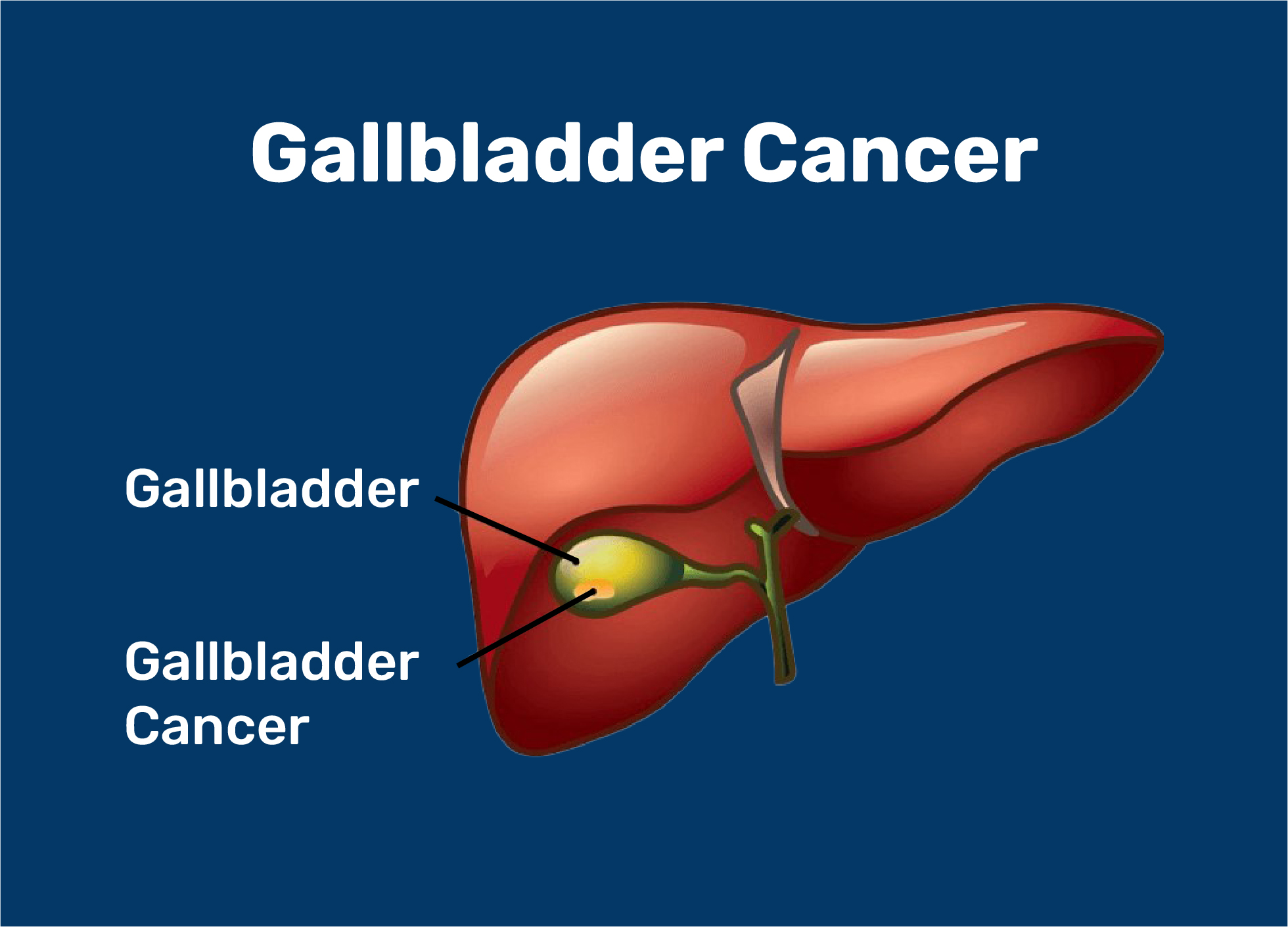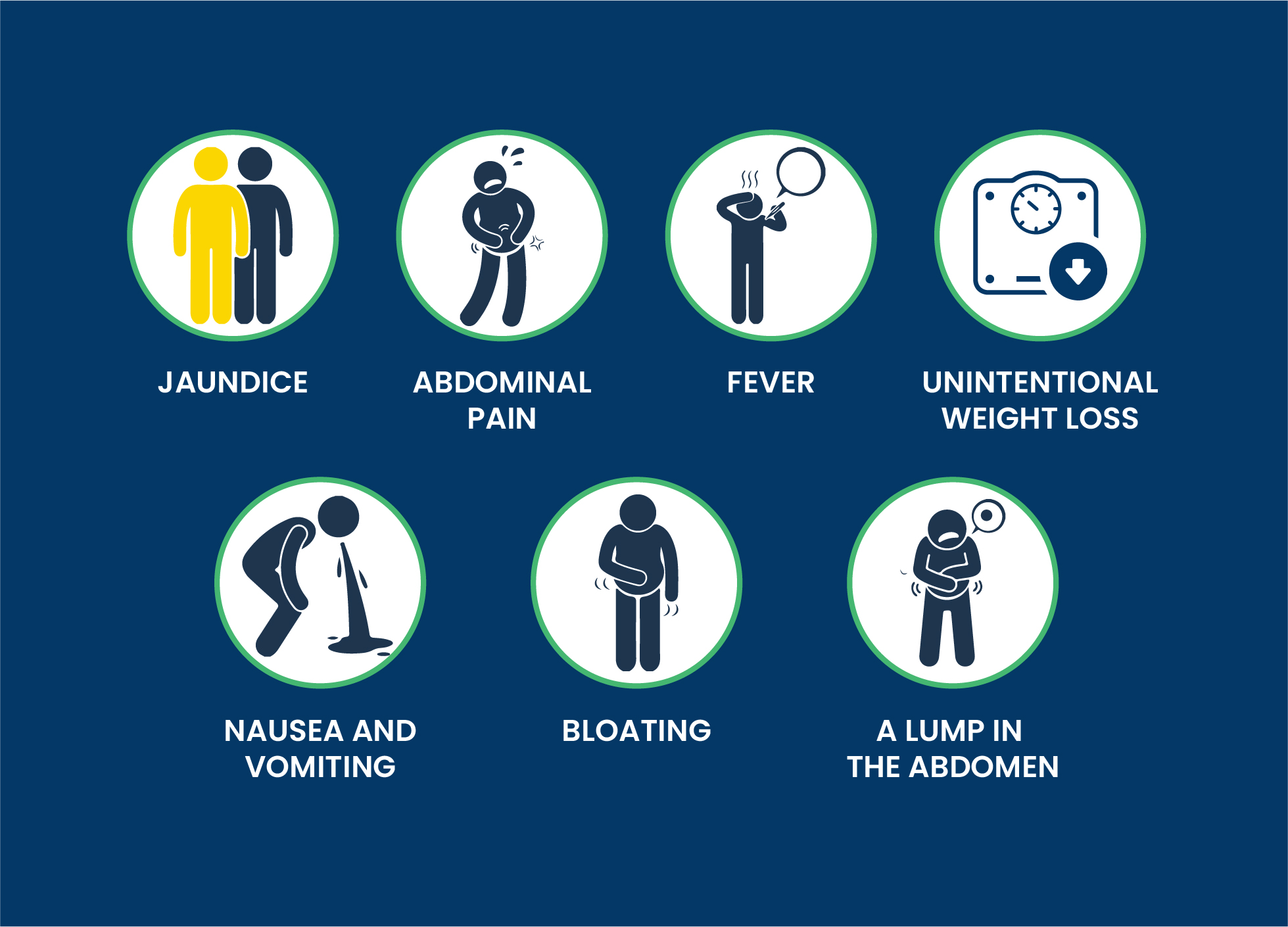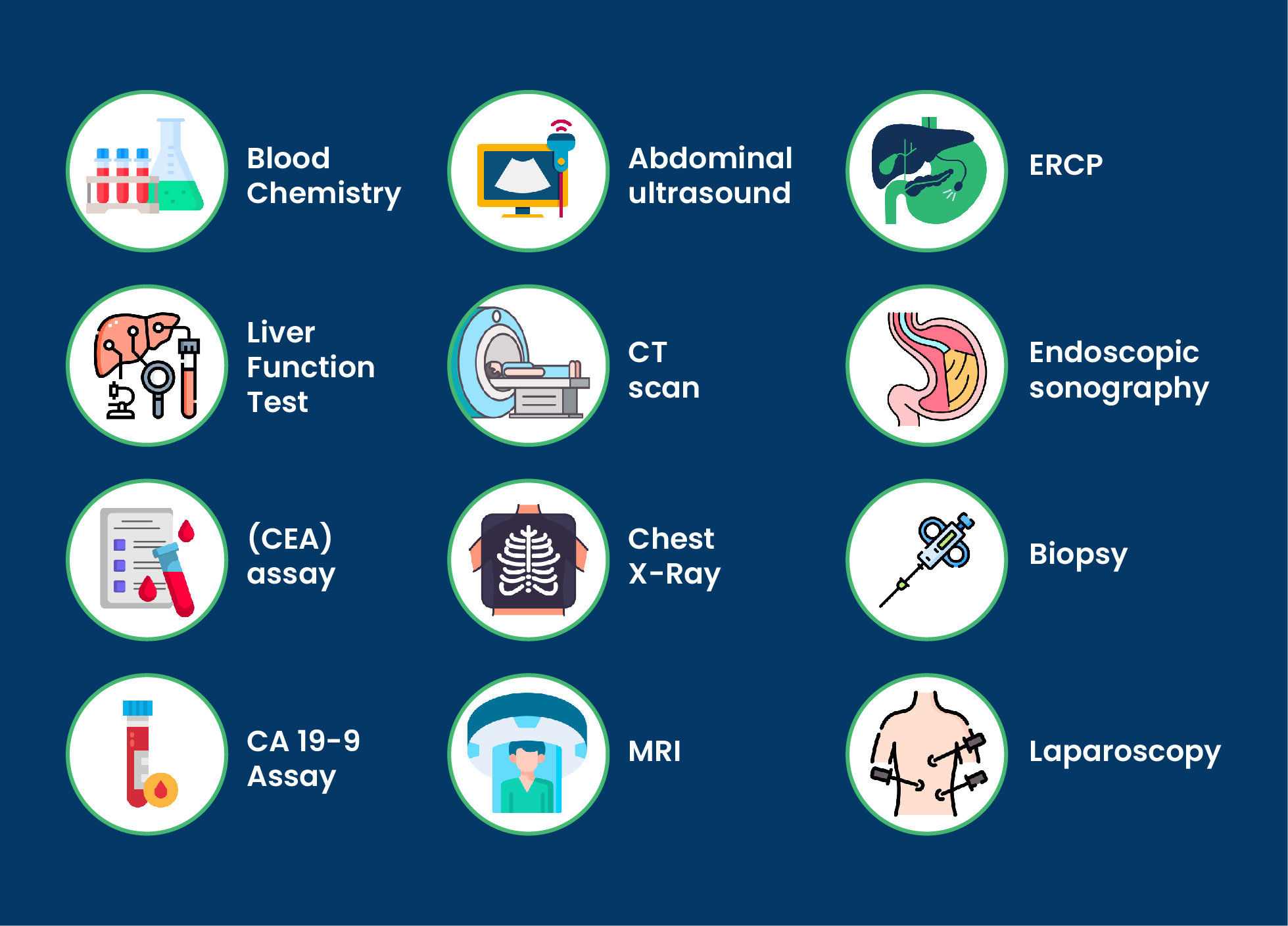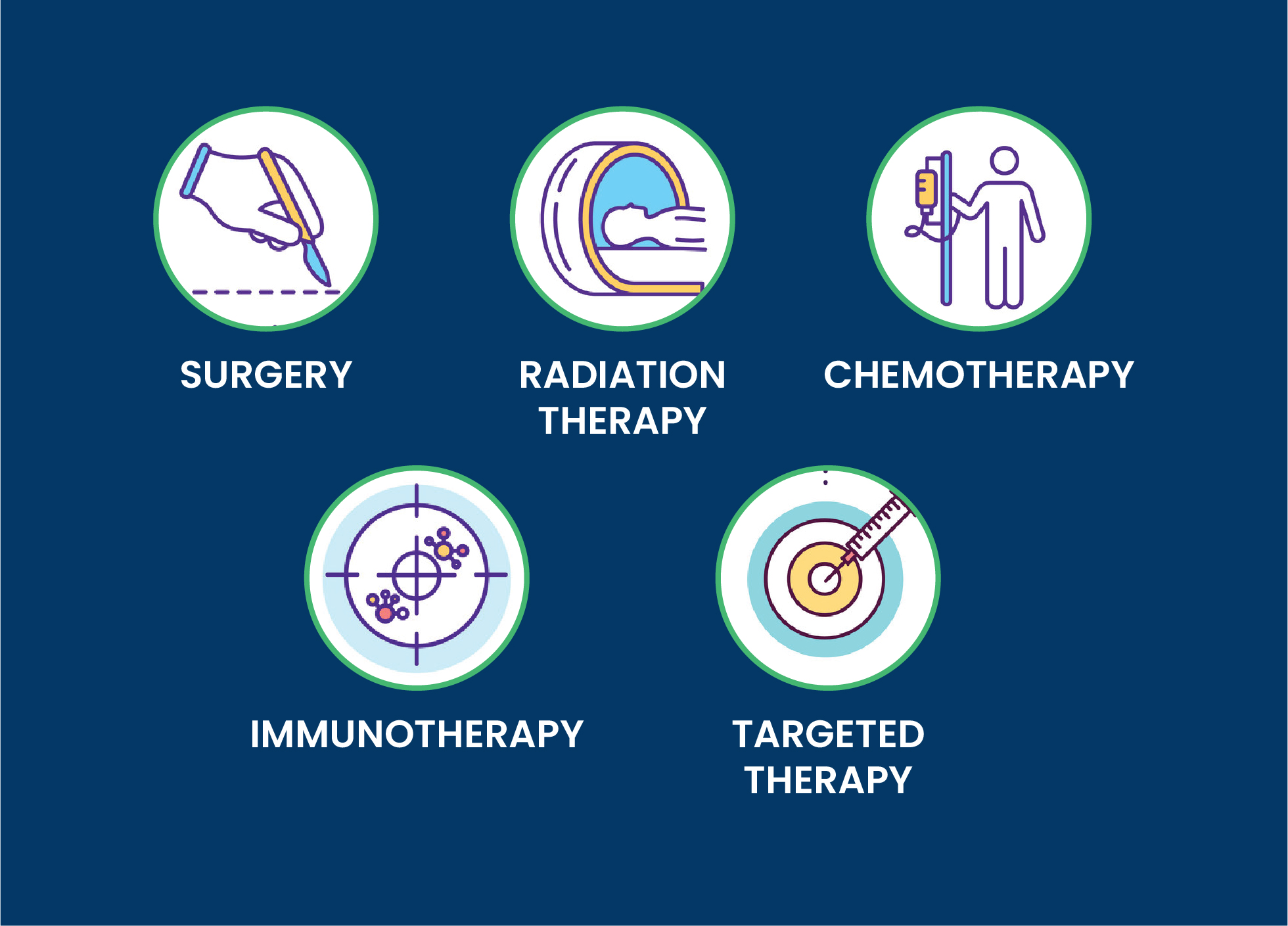Gall Bladder Cancer
The gall bladder is a pear-shaped organ located in the upper abdomen beneath the liver. When an organ exhibits an abnormal cell development, gall bladder cancer develops.
Four tissue layers make up the gall bladder's exterior:
- The muscle layer
- The connective tissue layer
- The interior mucosal layer
- The outer serosal layer
Gall bladder cancer spreads from the mucosal layer where it first begins to develop. It may come to light unintentionally following surgery or go undetected until advanced phases of cancer.
Signs and Symptoms:
Due to the lack of symptoms, it can be challenging to identify gall bladder cancer in its early phases. Additionally, it is more challenging to find the gall bladder cancer because of its location. Gall bladder cancer symptoms and indications include:
- Jaundice (yellowed skin and yellowed whites of your eyes)
- Pain in the abdomen (above the stomach area)
- Fever
- Nausea and Vomiting
- Bloating
- Abdominal lumps
- Unintentional weight loss
Diagnosis:
The primary cause of late diagnosis of gall bladder cancer is the rarity of early signs or symptoms, and even when they do, they are difficult to distinguish from those of other diseases, making gallbladder cancer difficult to identify.
The following are the diagnostic procedures for gallbladder cancer:
- Blood Chemistry: Analysing the kind and proportion of specific substances in your blood that may be cancer-related.
- Liver Function Test: Analysing the amounts of different chemicals released by your liver, which could indicate that gallbladder cancer has had an effect on your liver.
- Carcinoembryonic antigen (CEA) assay: Measures CEA concentrations (This tumour marker is released by the healthy and cancerous cells)
- CA 19-9 Assay: This test measures the blood's concentration of CA 19-9, a tumor marker that is produced by both healthy and malignant cells. Higher amounts could result in pancreatic or gallbladder cancer
- CT scan: This procedure produces detailed pictures of the internal organs.
- Chest X-Ray
- MRI (Magnetic Resonance Imaging): A magnet, radio waves, and a computer are used to capture images of different body parts.
- Abdominal ultrasound: Sound waves are used to take images of the organs located in the abdomen.
- Endoscopic retrograde cholangiopancreatography (ERCP): This procedure involves taking images of the bile tubes using X-rays. When a person has gallbladder cancer, the ducts constrict.
- Endoscopic sonography
- Biopsy: A procedure in which cells or tissues are removed from a suspected region and examined under a microscope for cancer.
- Laparoscopy: This surgical procedure entails inserting a laparoscope, or thin, lighted tube, through a tiny incision into your abdomen to obtain a better view of the interior of your body.
Treatment
The choices for treating a cancer are largely determined by its stage. When removal of the gallbladder is not an option, other procedures can be used to stop the spread of the illness.
The different types of therapy for gallbladder cancer include:
Surgery:
- Gallbladder removal surgery
- Surgery to remove the gallbladder and a part of the liver
- Chemotherapy: Chemotherapy is the term for the use of drugs to kill cancer cells. Chemotherapy medications can be administered either alone or in conjunction with other chemotherapeutic medications to cure cancer. Chemotherapy and radiation therapy are frequently combined to cure diseases effectively.
- Radiation therapy: In this treatment, high energy particles like X-rays and protons are used to kill cancer cells. It is usually used following operation. It may occasionally be effective on its own in the therapy of gallbladder cancer in its early stages. Radiation therapy and chemotherapy may be mixed in some circumstances. The combination of the two improves the effectiveness of radiation therapy but also raises its side effects.
- Targeted Drug Therapy: The term "targeted drug therapy" refers to both the treatment and the drugs that target particular regions of the body. Drugs that are specifically targeted alter cancer cells' characteristics that promote development. Targeted medication therapy can be used alone or in conjunction with chemotherapy or radiation therapy.
- Immunotherapy: Immunotherapy is the use of the immune system to combat cancer cells. Cancer cells trick the immune system, which is the body's defence process, by releasing a protein that causes the immune system cells to become blind. Immunotherapy impedes this mechanism.



